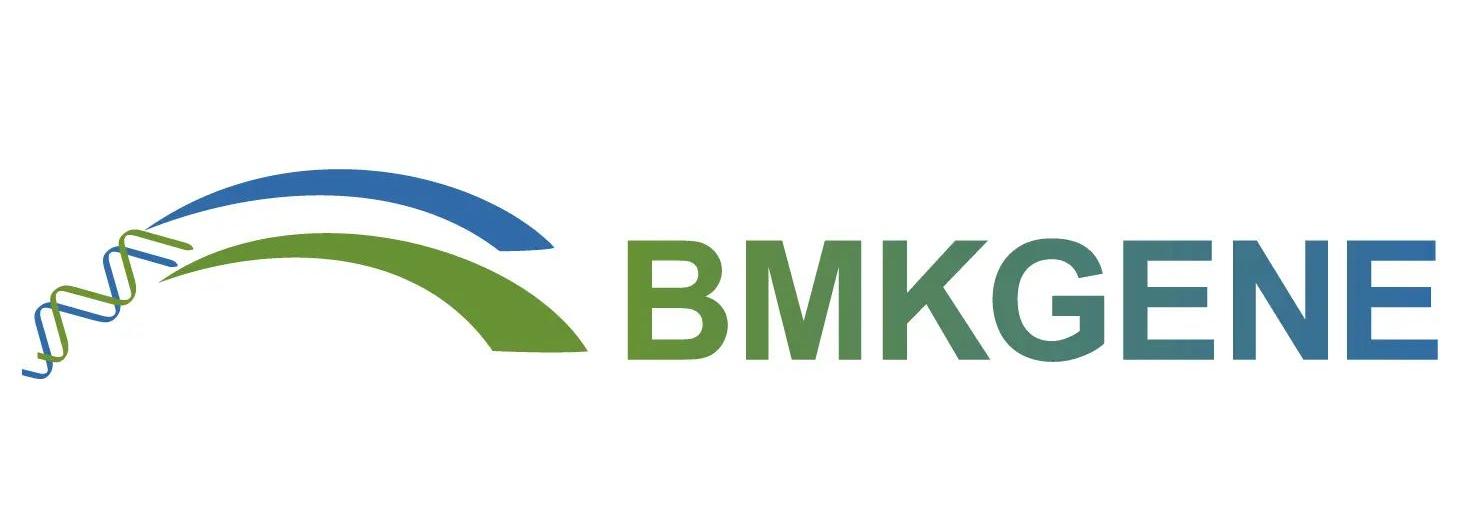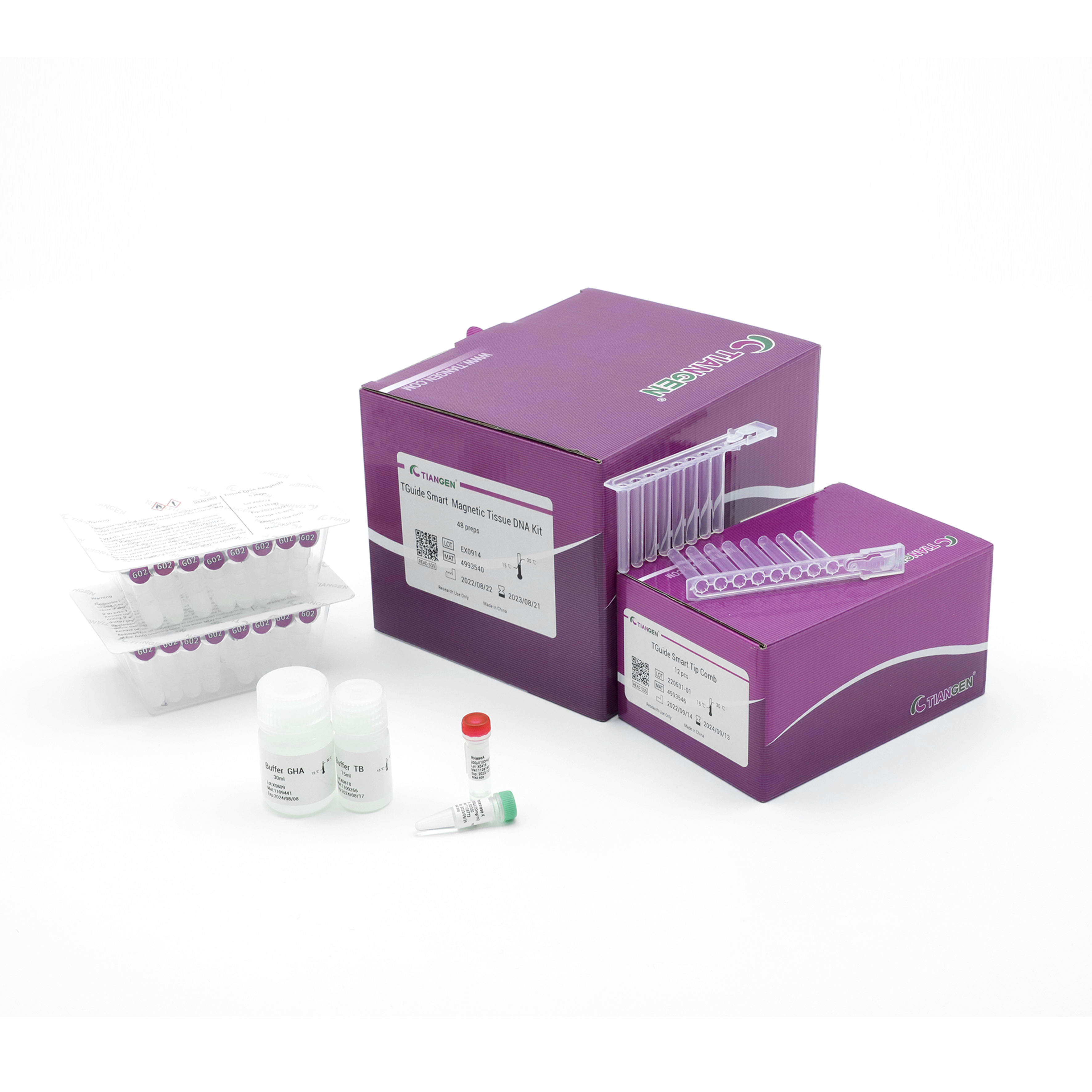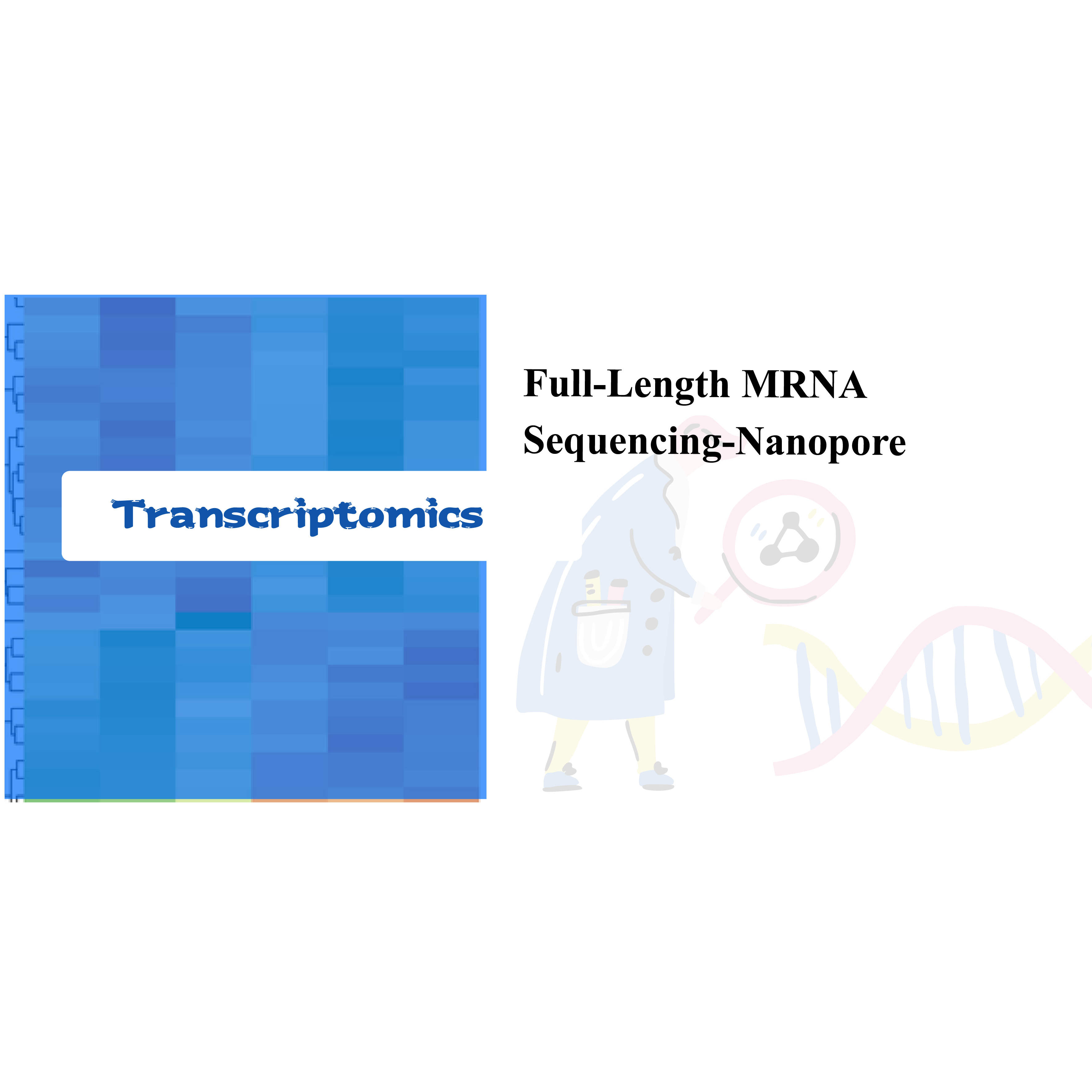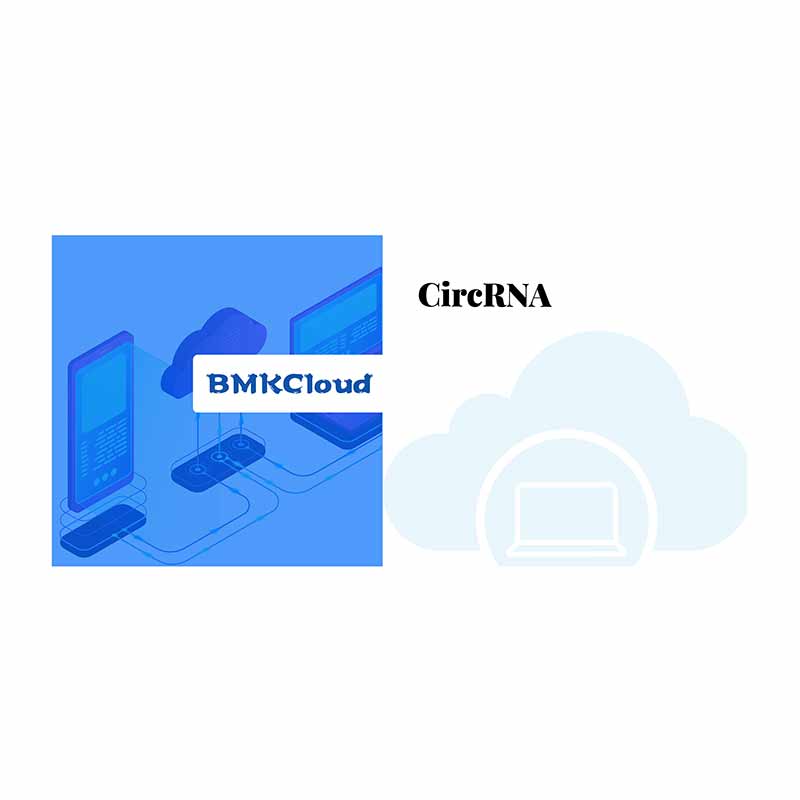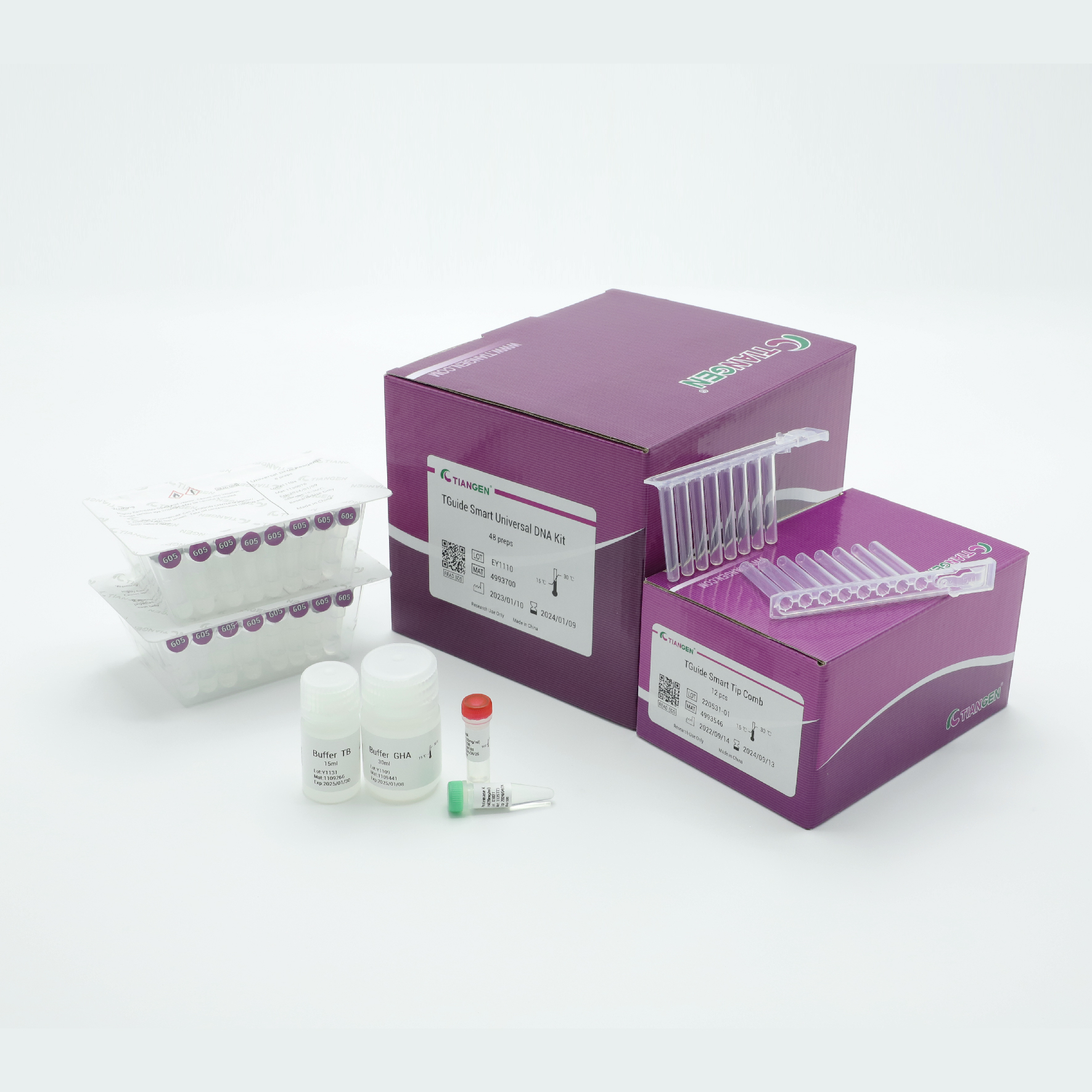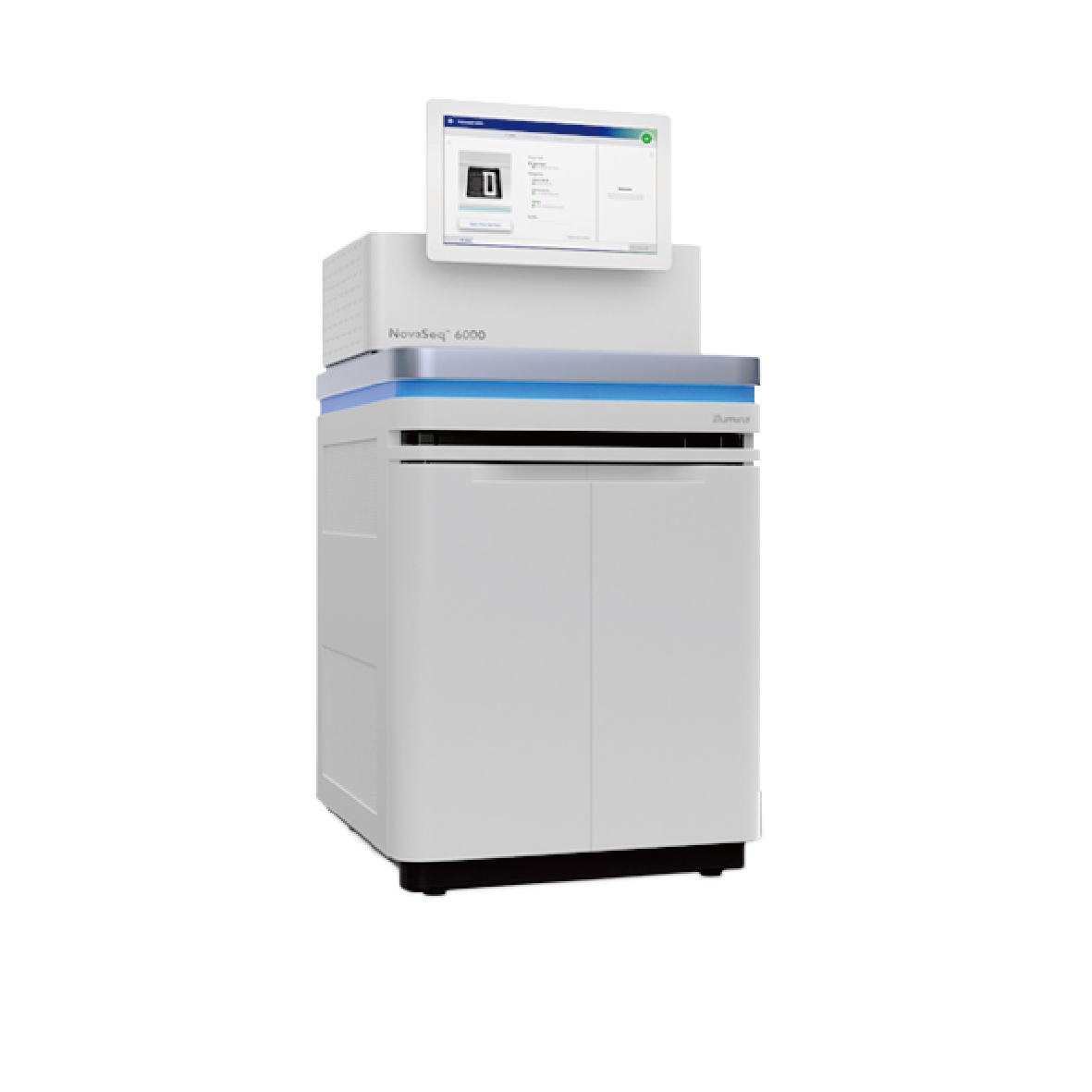
BMKMANU S3000_Spatial Transcriptome
BMKMANU S3000 Spatial Transcriptome Technical Scheme

Features
- Resolution: 3.5 µM
- Spot Diameter: 2.5 µM
- Number of spots: approximately 4 Million
- 3 possible capture area formats: 6.8 mm * 6.8 mm, 11 mm * 11 mm or 15 mm * 20 mm
- Each barcoded bead is loaded with primers composed of 4 sections:
• poly(dT) tail for mRNA priming and cDNA synthesis,
• Unique Molecular Identifier (UMI) to correct amplification bias
• Spatial barcode
• Binding sequence of partial read 1 sequencing primer
- H&E and fluorescent staining of sections
- Possibility to use cell segmentation technology: integration of H&E staining, fluorescent staining, and RNA sequencing to determine the boundaries of each cell and correctly assign gene expression to each cell. Processing downstream Spatial profiling analysis based on cell bin.
- Possible to achieve multilevel resolution analysis: Flexible multi-level analysis ranging from 100um to 3.5 um to resolve diverse tissue features at optimal resolution.
Advantages of BMKMANU S3000
-Doubling of capture spots to 4 Million: with an improved resolution of 3.5 uM, leading to in higher gene and UMI detection per cell. This results in improved clustering of cells based on transcriptional profiles, with finer detail that matches the tissues structure.
- Sub-cellular resolution: Each capture area contained >2 million spatial Barcoded Spots with a diameter of 2.5 µm and a spacing of 5 µm between spot centers, enabling spatial transcriptome analysis with sub-cellular resolution (5 µm).
- Multi-level resolution analysis: Flexible multi-level analysis ranging from 100 μm to 5 μm to resolve diverse tissue features at optimal resolution.
- Possibility to use “Three in one slide” cell segmentation technology: combining fluorescence staining, H&E staining, and RNA sequencing on a single slide, our "three-in-one" analysis algorithm empowers the identification of cell boundaries for subsequent cell-based transcriptomics.
- Compatible with multiple sequencing platforms: both NGS and long-read sequencing available.
- Flexible design of 1-8 active capture area: the size of the capture area is flexible, being possible to use 3 formats (6.8 mm * 6.8 mm., 11 mm * 11 mm and 15 mm * 20 mm)
- One-stop service: integrates all experience and skill-based steps, including cryo-sectioning, staining, tissue optimization, spatial barcoding, library preparation, sequencing, and bioinformatics.
- Comprehensive bioinformatics and user-friendly visualization of results: package includes 29 analyses and 100+ high-quality figures, combined with the use of inhouse developed software to visualize and customize cell splitting and spot clustering.
- Customized data analysis and visualization: available for different research requests
- Highly skilled technical team: with experience in over 250 tissue types and 100+ species including human, mouse, mammal, fish and plants.
- Real-time updates on entire project: with full control of experimental progress.
- Optional joint analysis with Single-cell mRNA sequencing
Service Specifications

For more details on sample preparation guidance and service workflow, please feel free to talk to a BMKGENE expert
Service Work Flow
In the sample preparation phase, an initial bulk RNA extraction trial is performed to ensure a high-quality RNA can be obtained. In the tissue optimization stage the sections are stained and visualized and the permeabilization conditions for mRNA release from tissue are optimized. The optimized protocol is then applied during library construction, followed by sequencing and data analysis.
The complete service workflow involves real-time updates and client confirmations to maintain a responsive feedback loop, ensuring smooth project execution.
The data generated by BMKMANU S3000 is analysed using the software “BSTMatrix”, which is independently designed by BMKGENE, generating a cell level and multilevel resolution Gene Expression Matrix. From there, a standard report is generated that includes data quality control, inner-sample analysis and inter-group analysis.
- Data Quality Control:
- Data output and quality score distribution
- Gene detection per spot
- Tissue coverage
- Inner-sample analysis:
- Gene richness
- Spot clustering, including reduced dimension analysis
- Differential expression analysis between clusters: identification of marker genes
- Functional annotation and enrichment of marker genes
- Inter-group analysis
- Re-combination of spots from both samples (eg. diseased and control) and re-cluster
- Identification of marker genes for each cluster
- Functional annotation and enrichment of marker genes
- Differential Expression of the same cluster between groups
Additionally, the BMKGene developed “BSTViewer” is a user-friendly tool that enables the user to visualize the gene expression and spot clustering at different resolutions.
BMKGene offers spatial profiling services at precise single-cell resolution (based on cell bin or multilevel square bin from 100um to 3.5um).
Spatial profiling data from tissue sections on S3000 slide performed well as below.
Case study 1: Mouse brain
Analysis of a mouse brain section with S3000 resulted in the identification of ~94 000 cells, with a median sequencing of ~2000 genes per cell. The improved resolution of 3.5 uM resulted in a very detailed clustering of the cells based on transcriptional patterns, with the clusters of cells mimicking the brain differentiated structures. This is easily observed by visualizing the distribution of cells clustered as oligodendrocytes and microglia cells, which are almost exclusively located in grey and white matter, respectively.

Case study 2: Mouse embryo

Analysis of a mouse embryo section with S3000 resulted in the identification of ~2200 000 cells, with a median sequencing of ~1600 genes per cell. The improved resolution of 3.5 uM resulted in a very detailed clustering of the cells based on transcriptional patterns, with 12 clusters in the area of the eye and 28 clusters in the area of the brain.

Inner-sample Analysis Cell clustering:

Marker genes identification and spatial distribution:

- higher sub-cellular resolution: Compared with S1000 slide, each capture area of S3000 contained >4 million spatial Barcoded Spots with a diameter of 2.5 µm and a distance of 3.5 µm between spot centers, enabling spatial transcriptome analysis with higher sub-cellular resolution (square bin: 3.5 µm).
- Higher capture efficiency: compared with S1000 slide, Median_UMI increase from 30% to 70%, Median_Gene increase from 30% to 60%
Scheme of S1000 chip:
Scheme of S3000 chip:
